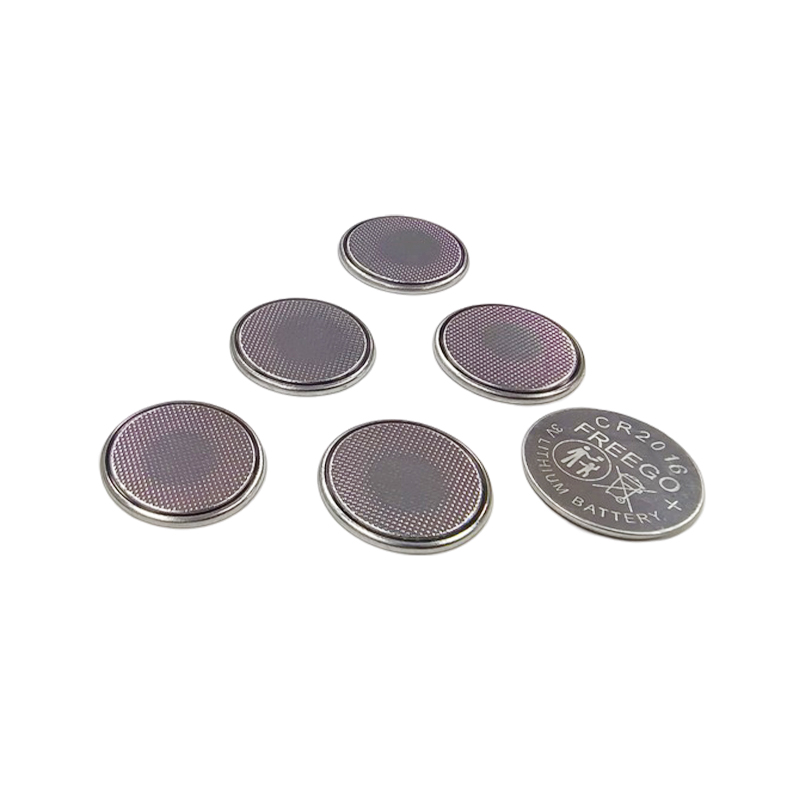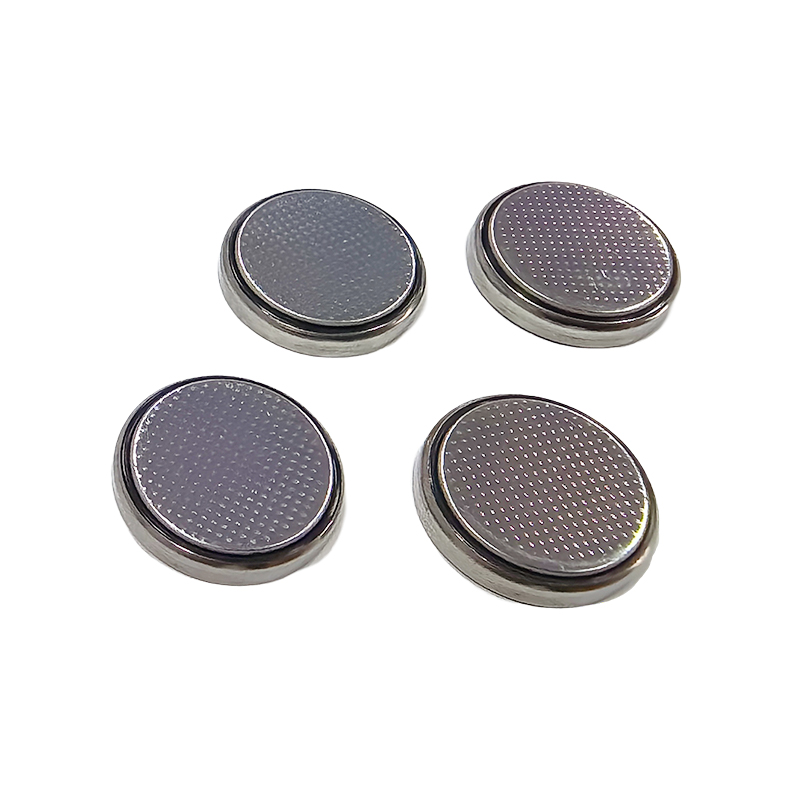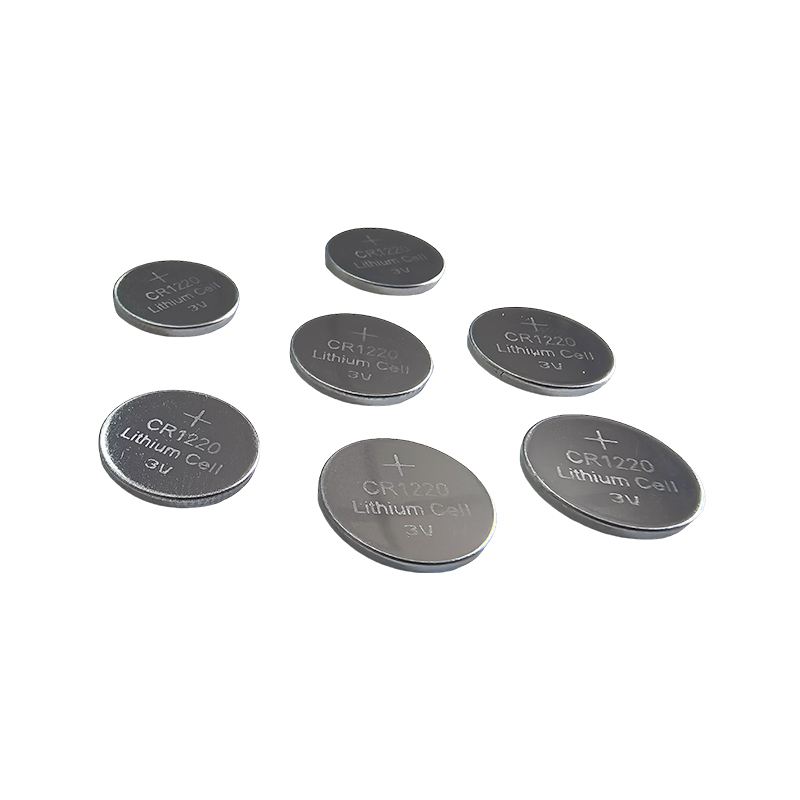Do I need to remove the button battery installed in a device that is not used for a long time?
Release Time : 2025-04-24
When considering whether to remove the button battery when the device is not used for a long time, it is important to understand how the button battery works and its potential risks. Although button batteries are small and convenient, they also have some safety hazards and maintenance points that need to be paid attention to. Especially when the device is idle for a long time, properly handling the button battery can not only extend its life, but also avoid possible safety issues.
First, it is important to realize that the button battery may continue to discharge slowly even when the device is turned off. This is because there may be tiny current leakage paths inside the electronic device, which will cause the battery to gradually lose power. If the device is left in this state for a long time without being used, it may eventually cause the battery to be completely exhausted or even over-discharged, which will not only damage the battery itself, but also cause damage to the device. Especially for those precision instruments that rely on precise voltages to operate, over-discharging the battery may cause damage to components on the circuit board, which will increase repair costs or prevent the device from working properly.
Secondly, button batteries stored in devices for a long time face another potential threat - leakage. When the battery is over-discharged or stored in poor conditions (such as high temperature and high humidity), the chemical reaction may become unstable, causing corrosion of the battery casing and eventually leading to electrolyte leakage. This leakage is corrosive and can corrode contact points, circuit boards and other metal parts, and in severe cases may even destroy the entire circuit system. Therefore, it is a wise choice to remove the button battery in advance when the device is expected to be unused for a long time.
In addition, considering environmental factors, it is also important to properly manage used batteries. Although the button battery is small in size, if it is discarded at will, the heavy metals and other harmful substances it contains will still pose a threat to the environment. By removing the button battery that is no longer used in time and recycling it in accordance with local regulations, each of us can contribute to protecting the earth.
It is worth noting that removing the button battery does not mean that it can be placed at will. The ideal storage method is to store the battery in a dry and cool place, and try to keep the original packaging or wrap it with insulating material to prevent short circuits. At the same time, different types of button batteries should be stored separately to avoid confusion or accidental contact that may cause short circuits.
Finally, for some special types of electronic devices, such as medical devices or devices used in emergency situations, it is recommended to mark the battery after removing it, record the battery model and removal date, etc., for reference when reinstalling it in the future. Doing so will not only ensure that the device is always ready, but also help users quickly find a matching replacement battery.
In summary, when facing a device that has not been used for a long time, it is a recommended practice to remove the button battery. It not only effectively prevents the battery from being damaged due to over-discharge and possible leakage damage, but also helps protect the environment. Of course, in the actual operation process, it is necessary to make appropriate adjustments based on the characteristics of the specific equipment and personal needs, but the overall goal remains unchanged: that is, to maximize the value of the button battery while ensuring safety, and at the same time add a guarantee to our living environment.
First, it is important to realize that the button battery may continue to discharge slowly even when the device is turned off. This is because there may be tiny current leakage paths inside the electronic device, which will cause the battery to gradually lose power. If the device is left in this state for a long time without being used, it may eventually cause the battery to be completely exhausted or even over-discharged, which will not only damage the battery itself, but also cause damage to the device. Especially for those precision instruments that rely on precise voltages to operate, over-discharging the battery may cause damage to components on the circuit board, which will increase repair costs or prevent the device from working properly.
Secondly, button batteries stored in devices for a long time face another potential threat - leakage. When the battery is over-discharged or stored in poor conditions (such as high temperature and high humidity), the chemical reaction may become unstable, causing corrosion of the battery casing and eventually leading to electrolyte leakage. This leakage is corrosive and can corrode contact points, circuit boards and other metal parts, and in severe cases may even destroy the entire circuit system. Therefore, it is a wise choice to remove the button battery in advance when the device is expected to be unused for a long time.
In addition, considering environmental factors, it is also important to properly manage used batteries. Although the button battery is small in size, if it is discarded at will, the heavy metals and other harmful substances it contains will still pose a threat to the environment. By removing the button battery that is no longer used in time and recycling it in accordance with local regulations, each of us can contribute to protecting the earth.
It is worth noting that removing the button battery does not mean that it can be placed at will. The ideal storage method is to store the battery in a dry and cool place, and try to keep the original packaging or wrap it with insulating material to prevent short circuits. At the same time, different types of button batteries should be stored separately to avoid confusion or accidental contact that may cause short circuits.
Finally, for some special types of electronic devices, such as medical devices or devices used in emergency situations, it is recommended to mark the battery after removing it, record the battery model and removal date, etc., for reference when reinstalling it in the future. Doing so will not only ensure that the device is always ready, but also help users quickly find a matching replacement battery.
In summary, when facing a device that has not been used for a long time, it is a recommended practice to remove the button battery. It not only effectively prevents the battery from being damaged due to over-discharge and possible leakage damage, but also helps protect the environment. Of course, in the actual operation process, it is necessary to make appropriate adjustments based on the characteristics of the specific equipment and personal needs, but the overall goal remains unchanged: that is, to maximize the value of the button battery while ensuring safety, and at the same time add a guarantee to our living environment.







